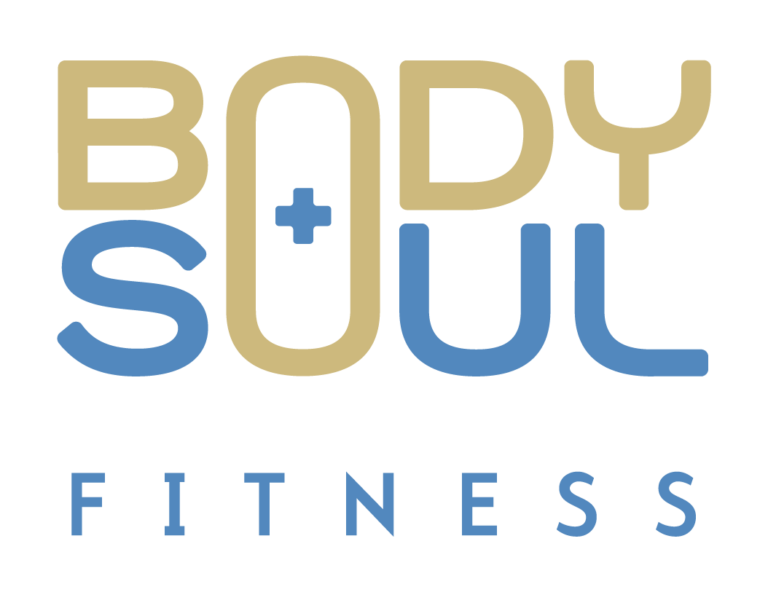Tempo: the rate or pace at which you perform each exercise
In this part we are going to talk about Tempo and the different ways we can use it to make the exercises you already know and love feel completely new. Alrighty so let’s get into it, Tempo is the rate or pace at which you perform each exercise. It’s probably THE most underused and overlooked variable when training for outcomes. Manipulating the tempo can completely alter the intent of an exercise or training program.
Types of Muscle Contractions
To make sure everyone can properly understand what we’re going to talk about going forwards you need to be able to understand 3 different kinds of muscle contractions. These are Eccentric, Concentric, and Isometric contractions.
Eccentric: This is where the muscle is lengthening under tension. Example: the lowering portion of a squat or a bicep curl
Concentric: This is where the muscle is shortening under tension. Example: Standing back up during the squat or raising your arm back up in a Bicep Curl
Isometric: This is where you are generating force or tension while not allowing the muscle length or your joint angles to change. Example: Holding the squat or a bicep curl half way through the full ROM
Now let’s apply this to 2 different examples and how it would be translated.
Squat
3 seconds down, lowering yourself and/or the weight
2 second, pause at the bottom
1 second, on the way up
0 second, pause at the top before going back down again
Lat Pulldown
3 seconds down, seconds to control the weight on the way back up, lengthening the muscles of your back
2 second, second pause at top
1 second, second to pull the weight back down, shortening the muscles of your back
0 second, pause at the bottom before controlling the weight back up again
So as you can see, it’s not always simply the 1st number means “On the way down” or the 3rd number means “On the way up”. It’s much more effective to think about what’s happening with the muscles that you’re targeting to make sure you’re interpreting the tempo correctly and getting the most out of your exercise
Asad introduces the importance of pre-designing your workout so that you can make the most out of your time in the gym and reach your goals quicker. He explores the range of variables this course will dive deeper into such as sets, reps, tempo, rest and load.
Asad answers this not-so-straightforward question by defining what exactly a rep is, introducing rep ranges and how you can use this method to optimize and progress in your workouts. He also touches on the relationship between reps and load.
Did you know that the order in which you perform your sets is critical to your performance? Asad explores how to organize your sets in a certain sequence, in terms of intensity and difficulty, to get the best results and avoid injury.
Asad reviews the various types of sets that exist and which you should use depending on your workout type and goals. He discusses straight sets, supersets, tri-sets and circuits.
Setting a tempo for your workout is one of the most overlooked variables. Asad defines what setting a tempo for your workout really entails, and how you can use it to make the exercises you already know, feel completely new.
Did you know you can change how an exercise feels and what it does to your body just by varying the tempo? Discover how altering the tempo can produce a different kind of result and can bring about potential weaknesses and imbalances.
Rest and recovery are commonly misunderstood and misused. Asad explores common mistakes in regards to rest periods and different considerations that need to be made to ensure you are getting the biggest return on your effort.
Asad reviews general guidelines you can implement into your training, to ensure you are getting optimal rest. He discusses how the amount of rest is dependent on what your goal is at that time, and how you're performing the exercise.
Asad defines load and how it directly relates to the other variables covered thus far: reps, sets, tempo and rest. He highlights the value of thinking beyond just the amount of weight you lift in any given exercise.
Have you ever been stuck on a certain weight and can’t seem to go heavier? Does this mean you’ve reached the ceiling to your strength? Asad explores how you can combine variables, like tempo and reps, to avoid plateauing and increase the weight in your exercises.
To sum up this series, Asad recaps all the variables you should consider when designing a training program. He defines progressive overload and emphasizes the importance of the variables covered in this series and how to use them in synchrony with one another.

